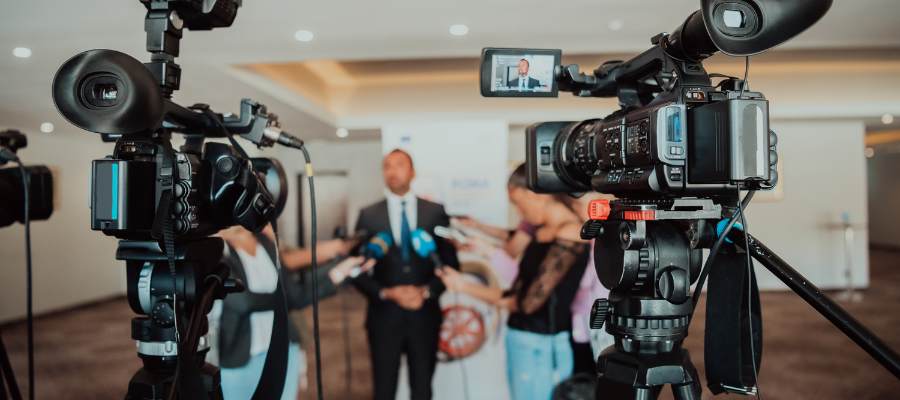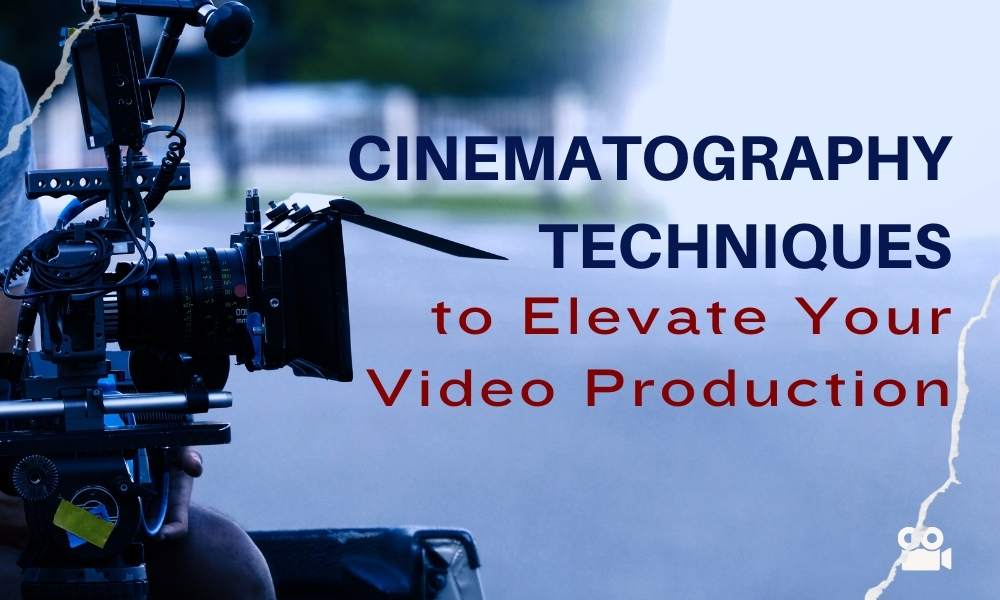Is it true that the right cinematography techniques can transform your video production from ordinary to extraordinary?
You’re about to find out.
This guide will teach you fundamental techniques, such as mastering the Rule of Thirds, exploring various camera angles, understanding lighting, creating captivating movements, and the art of color grading.

You’ll learn to use these techniques effectively to enhance your video production skills, providing your audience with a more immersive and engaging viewing experience.
So, get ready to elevate your work to new heights.
Mastering the Rule of Thirds
In your filmmaking toolbox, the rule of thirds isn’t just a composition guideline; it’s a game-changer that can dramatically enhance your video production’s visual storytelling. This rule’s application challenges include understanding the third composition’s impact on your viewer’s eye movement and emotional response.
Exploring Different Camera Angles
Exploring different camera angles can drastically alter the tone and message of your video production. Perspective manipulation is key; a simple shift in viewpoint can create a whole new narrative. Angle diversity isn’t just about aesthetic appeal—it’s a powerful storytelling tool.
For instance, an overhead shot can convey vulnerability or isolation, while a low-angle shot may impart a sense of dominance or intimidation. Close-ups allow for intimacy, revealing nuances in your subject’s emotions. Wide shots, on the other hand, provide context, emphasizing the environment’s role in the narrative.
Understanding Lighting Techniques
Mastering the art of lighting is another crucial step to elevating your video production quality. As an artist, you paint with light, using it to illuminate and tell a story. Understanding and harnessing the power of light can transform your videos from mundane to mesmerizing.
Shadow manipulation is one technique that can add depth and drama to your shots. It’s all about controlling the hardness or softness of the shadows, which can evoke different emotions.
On the other hand, light diffusion softens and spreads light, reducing harsh shadows and contrast. It creates a more natural, flattering look in portrait shots. Remember, each technique has its place. It’s up to you to decide which to use when to craft your visual narrative.
Techniques for Captivating Movements
After mastering your lighting technique, your next move is to perfect the art of captivating movements in your video production. This involves a blend of technical skill and artistic vision.
- Dolly Zoom Effects: This technique creates a disturbing visual distortion that can enhance your narrative. It’s a tricky move that requires practice, but it’s a game-changer once you’ve got it.
- Steadicam Operations: Steadicams let you capture smooth and stable shots even in motion, making them invaluable for dynamic, immersive scenes.
- Panning: A simple yet effective technique, panning follows the action, guiding your audience’s attention seamlessly.
The Art of Color Grading
Every good cinematographer knows that a crucial part of video production is the art of color grading, where you’re tasked with creating the perfect tone and mood for each shot. It would help if you mastered color psychology in grading, understanding how different hues can drastically affect a viewer’s emotions. A deep blue can evoke melancholy, while a vibrant red can incite passion.
Your grading software choices are integral tools in this process. Depending on your needs, DaVinci Resolve might be your go-to for its superior color correction or Adobe’s SpeedGrade for its seamless integration with other Creative Cloud apps.
Whatever your choice, remember your role in shaping the viewers’ emotional journey. It’s a meticulous art, but you’ll perfect this transformative aspect of video production with practice.
Get the Best Cinematography Techniques
Ready to see your vision come alive on screen? Book a free consultation with 4th Street Productions today, and let’s create something extraordinary together!

